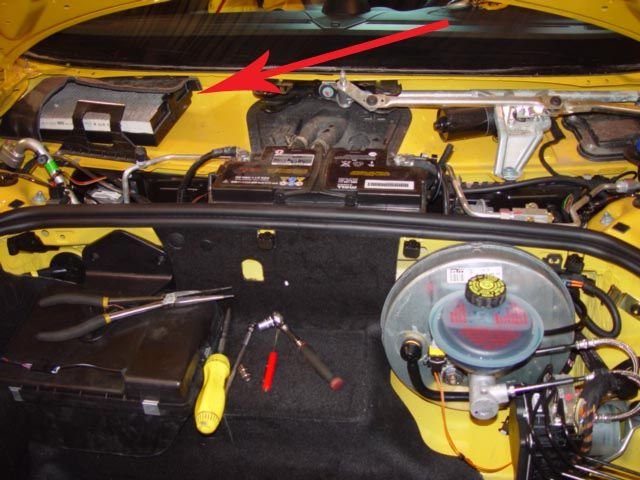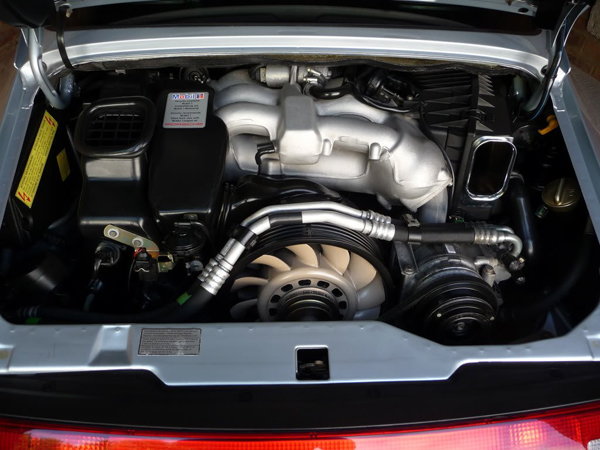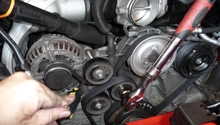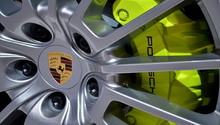Porsche: How to Clean Your Engine Bay
Car engines (and the surrounding areas) take a lot of use and abuse. Whether you use your car as a daily driver or like to take it out for weekend joy rides, dirt and grime quickly accumulates. Some car owners simply spray the engine bay once or twice a year, while others do a bit more deep cleaning. This article will guide you through the process of cleaning the engine bay on your Porsche.
This article applies to the Porsche 928 (1978-1995), Porsche 993 (1993-1998), and Porsche 997 (2005-2012).
Cleaning the engine bay might seem like a daunting task, but it's actually easier (and more car-friendly) than many car owners would think. You don't need to be an automotive expert to successfully clean the engine bay, but you do need to be careful during the washing process. All it takes is a few household supplies, along with a cleaner or degreaser (if you're using one), to get your engine bay sparkling clean.

Materials Needed
- Large plastic bags
- Tape
- Simple Green or other gentle cleaning product
- Garden hose (preferably with shower spray or similar setting)
- Old toothbrush
Step 1 – Cover the air intake and distributors
To avoid potentially damaging the engine or its surrounding components, the first step is to locate the air intake and distributors in order to cover them with large plastic bags. You may need to seal the bags with tape to keep them in place. You can find the air intake near the windshield on the the passenger's side. The air intake has a wire covering. The distributors sit close to the engine compartment, and are connected by the distributor belt. You'll want to cover the distributors with a plastic bag as well.

Step 2 – Spray the engine with your cleaner of choice
Before you rinse off the engine, you'll want to spray it with your preferred cleaner. Many Porsche owners stand by Simple Green for its gentle and efficient cleansing capabilities; although, there are other brands that work just as well. Some people dilute the product by using half water and half cleaning product, but that's not necessary. For effective cleaning, allow the cleaner to sit on the surface of the engine bay for several minutes. Then spray on another layer, and allow it to sit for a similar amount of time.

Step 3 – Carefully rinse the engine bay
When you're ready to rinse off the engine bay, take your garden hose and set it to the gentlest setting. A shower spray setting is optimal, but if you don't have one, then use the least amount of water pressure as possible. Avoid using a pressure washer or a powerful spray because this could damage parts of the engine bay.

Step 4 – Clean tough spots with a toothbrush
If your engine is exceptionally dirty, you may need to use a toothbrush to clean stubborn spots. Smaller sizes—like one-inch head toothbrushes—will work best for reaching the difficult places in the engine bay. Wash off the excess grime.

Step 5 – Dry off the engine bay
It's best to keep moisture from sitting on the engine bay. Some owners prefer to warm the engine up before starting to clean the bay, but that's not necessary. You may want to start the car, and let it idle for a few minutes after spraying off the engine bay. This will help the water evaporate much more quickly. Be sure to remove the plastic bags from the air intake and distributors before turning the car on.
Related Discussions
- Washing Engine - Rennlist.com
- Washing Engine Bay - Rennlist.com






